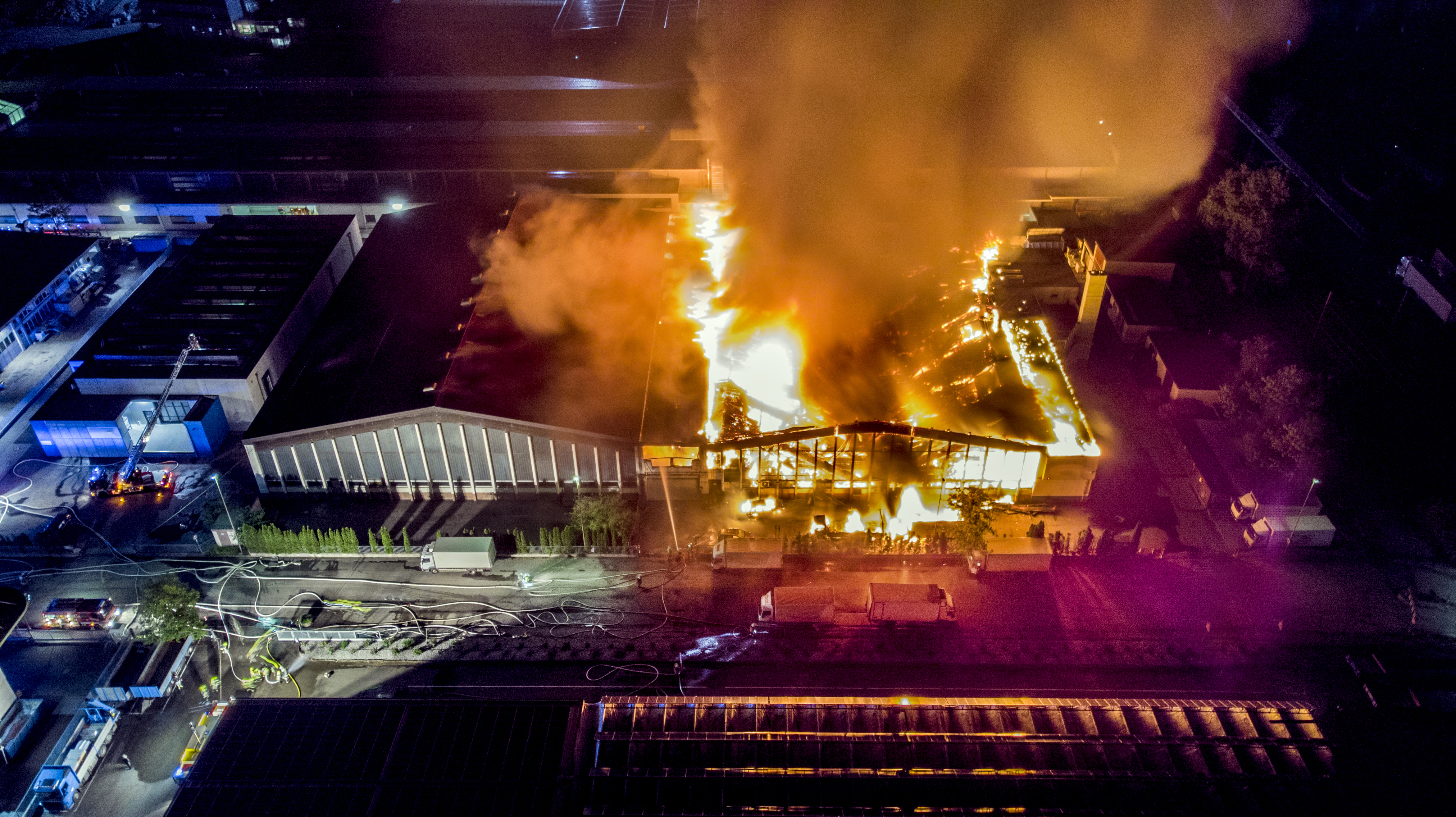
Fire statements for new developments are now a requirement in England. But the kind of statement to be provided will vary geographically. In the capital, statements are required under the London Plan, while the rest of England falls under new measures introduced following the Hackitt Review.
The London Plan 2021, issued in March, applies to all 32 boroughs of the city. Policy D12 requires that 'all major development proposals should be submitted with a fire statement, which is an independent fire strategy, produced by a third-party, suitably qualified assessor'.
Meanwhile, a fire statement is now required for all developments in England outside London that include high-rise residential buildings. This became mandatory on 1 August under the Town and Country Planning (Development Management Procedure and Section 62A Applications) (England) (Amendment) Order 2021.
Note that the fire statement is required under the planning regime, but developers will also need to comply with Buildings Regulations. This means that higher-risk buildings, such as high-rise residential, have to pass three gateway stages.
Gateway one already pertains at the planning application stage, while two and three will be established when the Building Safety Bill is enacted. Gateway two will apply when plans are deposited with building control before work starts, and gateway three at the current completion or final certificate stage. The Health and Safety Executive will oversee both of these latter stages for higher-risk buildings.
In Wales, there is no current requirement for fire statements. The Building Safety Bill will enable the Welsh Assembly to modernise design and construction. Gateways are still relevant at the planning stages, but there is no specific guidance on the content as yet.
Likewise in Scotland, there is no current requirement for fire statements. Building safety matters are instead addressed through the Building (Scotland) Act 2003 and subsequent regulations and legislation.
Fire statements under the London Plan
The London Plan requires fire statements for all major development proposals, as part of a Planning Fire Safety Strategy. It defines major developments as those where ten or more dwellings are to be provided or the site is 0.5ha or greater. Other uses are covered where the floor space is at least 1,000m2 or the site area is 1ha or more. However, the D12A London Plan Guidance requires a Planning Fire Safety Strategy (PFSS) for all development planning applications, including those for domestic extensions. The PFSS is a more succinct version of a fire statement. Confused yet? Navigating the process is somewhat challenging.
The D12 fire statement guidance is still in draft form. Nevertheless, it says the statement should include a planning fire safety strategy. While the word 'planning' tells us that it's required as part of the application process, care is still needed: the statement differs from what we have until now called a fire safety strategy.
It is generally a government policy not to implement a system where there is dual approval and dual standards. However, planning officers must ensure that fire statements are included in planning applications before they make any decision. They also seem to be responsible for ensuring the adequacy of such statements, with some potential crossover between this and Building Regulations compliance, as overseen by building control inspectors. It will be interesting to establish whether this leads to any potential situations of conflict.
What is required outside London?
Article 4 of the 2021 Order is more limited in extent. It only requires fire statements with planning applications for new or existing buildings of 18m or more in height, or those of seven or more storeys that contain either two or more dwellings or educational accommodation. These are also referred to in the Building Regulations as 'relevant buildings'.
These statements might therefore be called Town and Country Planning Act fire statements or planning gateway one fire statements, to differentiate them from those in London.
There is a pro forma for planning gateway one fire statements. However, whether this is used or not, the statement needs to cover site layout, public and private water hydrants for firefighting and fire appliance access.
Dealing with different regimes
The D12 fire statement necessary in London goes further than the Town and Country Planning Act requirements outside the capital. As well as the three criteria of layout, water supplies and access, it asks for information that has traditionally been covered by a Building Regulations approval. This includes active and passive fire safety systems, evacuation strategies and fire spread, among other things.
The draft guidance on the London D12 fire statements says they must be written by someone with a suitable fire safety background, that is 'the appropriate knowledge, understanding and qualifications commensurate with the size, scope and complexity of the proposed development'.
For all major developments, however, a registered fire engineer is required. Therefore, a professional registered with an appropriate organisation, such as the Institution of Fire Engineers (IFE), Chartered Association of Building Engineers or similar, may need to draft the fire statement.
The guidance goes on to say that, for larger and more complex schemes, the statement should be authored by someone who can develop it into a full fire strategy. They will also need to maintain oversight throughout the project's development. Although that suggests a continuity like the golden thread advocated in the Hackitt Review, the guidance doesn't explicitly require the same professional to be engaged throughout the process.
Government guidance on completion of these fire statements recommends they are written by a suitably qualified engineer. That does not mean that the engineer needs to hold any sort of registration, however.
This is different from the D12 requirement. In fact, the D12 guidance clarifies this by stipulating an independent and suitably qualified incorporated or chartered engineer with at least member-level IFE registration.
Outside London, fire statements only look to consider site layout, water supplies and access. These aspects of land use have traditionally been covered by section B5 of the Building Regulations. In contrast, statements required by the London Plan go much further and seek to cover all Building Regulations relating to fire safety, namely B1 to B5. While the government's intention for early engagement regarding fire safety appears to be met by the new legislation, there does seem to be some duplication of Building Regulations.
'The D12 fire statement necessary in London goes further than the Town and Country Planning Act requirements outside the capital'

